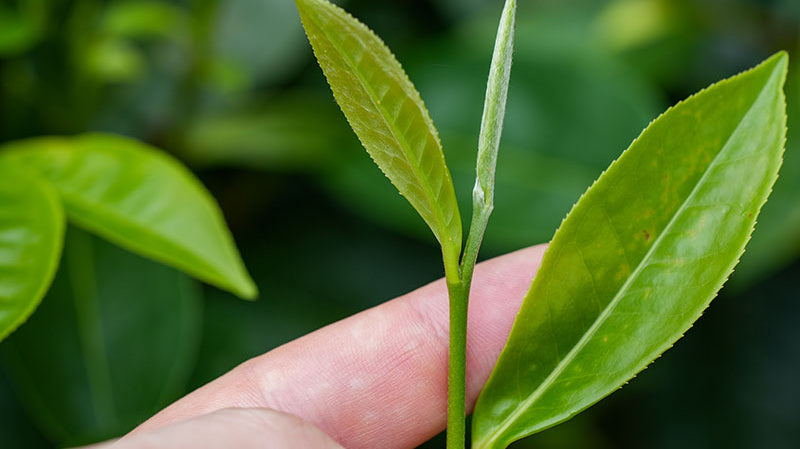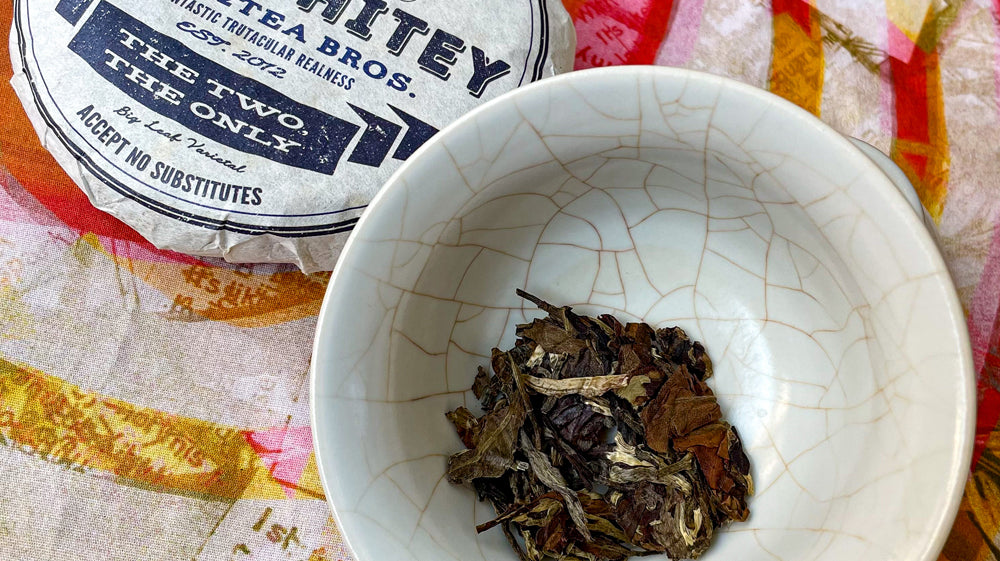Blog
How to Brew Puer Tea: A Complete Guide
It usually begins modestly enough with green, black, or white tea. Then you might discover the rich, orchestral aromatics of premium oolongs. But when you try your first quality Puer, there's a chance you'll never look back.
Puer tea is often the endpoint for tea obsessives. The ne plus ultra, a final destination and a never ending quest for perfection at the same time. The variations in flavor, texture, and psychoactive effects are unparalleled in the tea world. They don't fit neatly into any box.
How to Brew Gongfu Style: An Expert Guide to Making Tea
A Guide to Types of Puer Tea: Raw vs. Ripe and How to Choose
The Best Energizing Teas for Focus & Stimulation: An Expert Guide
Discover the most energizing, stimulating teas for focus, including raw and ripe Puer and black, white, and green tea, with recommendations and helpful tips.
If you’re considering tea for an energy boost, then you’re already making a very good choice. The right tea can be an excellent way to invigorate the mind and body. But before we jump into our review of the best energizing teas, a word of fair warning: we’re not going to spend a lot of time talking about tea chemistry in this article.
What Is Oolong Tea? A Beginner's Guide
Oolong or wulong is a broad category of teas, in the spectrum between green and black tea, that originate in China. What sets oolong apart is that it can be processed with various different oxidation and roasting levels. The unique variations in the process to produce oolong create a wide array of flavors and sensations. Oolong can taste fresh, green, floral, fruity, roasted, woody, nutty, or honey-sweet, so this is a type of tea that can appeal to virtually all taste buds. Different tea plant varietals, seasons, styles, and regional terroir also influence flavor.
Ripe Puer Tea: A Beginner's Guide to Appreciating Shou
Shou Puer tea, also called ripe Puer, is a post-fermented tea from Yunnan province, China. Made using raw Puer tea as the base material, the pile fermentation process transforms this green caterpillar into a magnificent dark butterfly. Or at least that’s how we look at it.
In this guide, you'll learn the history of shou Puer, how it's made, how to find and appreciate high-quality cakes, and more.
How to best steep aged white teas
Aged White tea is new on the block compared to aged Puer. White tea ages into sweeter, darker, and medicinal flavors. Unlike fresh white tea, aged white tea is hard to over brew. Thus, aged white tea has more steeping options that highlight the strengths of the mature tea.
When and Why to Rinse Your Tea
Rinsing is an important step in gongfu style tea brewing and can optimize the taste of your tea and tea session, as well as rinse away dust and open up compressed teas. Here are a few reasons to rinse your tea and how to get the best results from rinsing.
Storing white tea and how to age baicha
5 Golden Rules of Tea Storage
If you plan to age your tea, how you choose to store your tea is crucial to avoiding mistakes. Having a tea storage plan for aging will vary from person to person, but there are a few key ideas that remain constant when deciding how to set up your Pumidor or tea storage space. Even if you’re not a diehard planner with a big tea collection, these simple rules will set you on the right path to keeping your tea in good shape.










